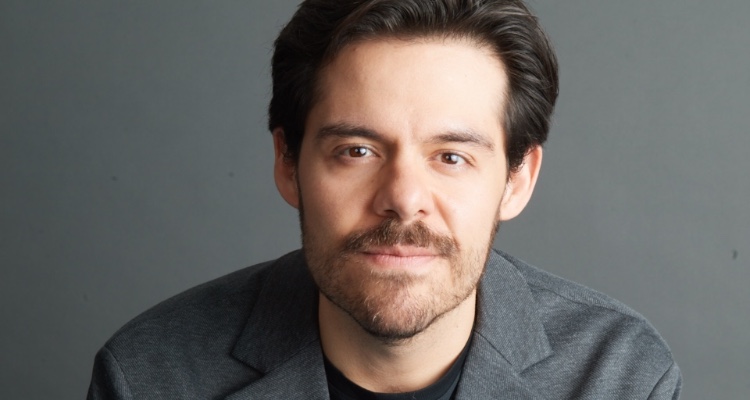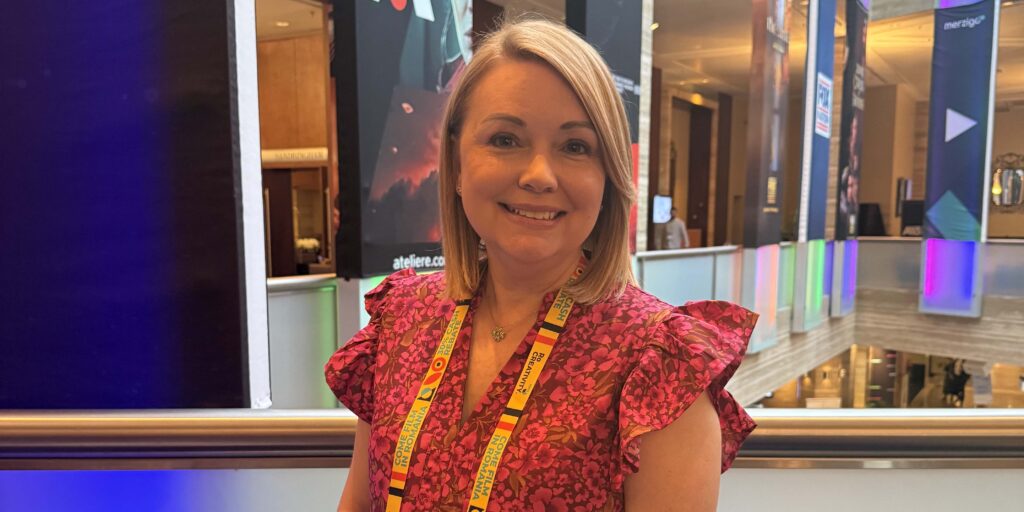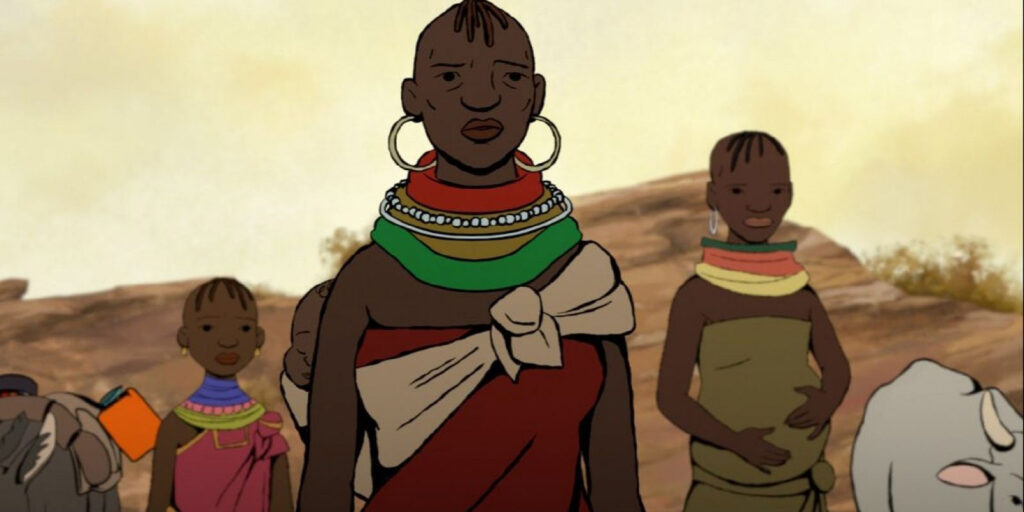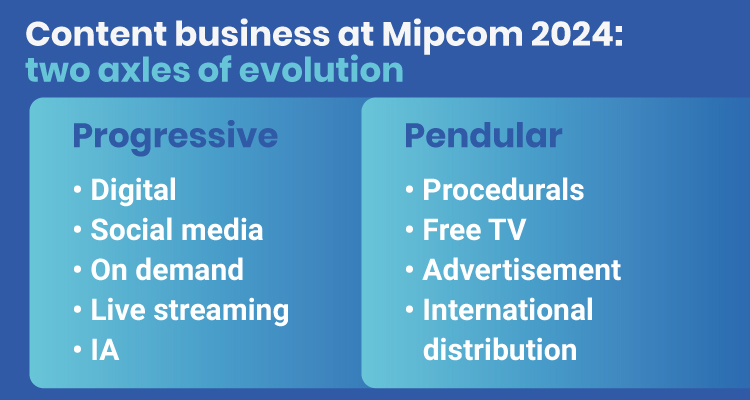
Mipcom 2024 in Cannes, France, remains the go-to event in the content industry’s annual calendar. So, how do we describe the current state of the business? The evolution of content seems to have two faces. One is forward-looking, driven by digital innovations, social media, on-demand content, live streaming, and now Artificial Intelligence (AI), all of which are here to stay. But there’s also a pendulum effect at play, where the business often swings back to its traditional roots: familiar genres like procedurals, partnerships with free-to-air TV, advertising revenue, and more recently, the resurgence of major international distribution, as opposed to OTT exclusivity. The key to success? Mastering both worlds.
At this year’s LA Screenings in May, we saw this double-sided nature in action. On one hand, there was plenty of talk about tech innovations. But on the other, when speaking with buyers —particularly those from major European broadcasters— they were more focused on traditional free-to-air TV programming, especially True Crime and procedural dramas. Many expressed relief that these genres were making a comeback. Format giants, too, are leaning into this trend, once again partnering with free TV players, who are seen as more stable compared to digital platforms, many of which have scaled back production.
As for the major studios, this year’s screenings in LA were relatively quiet in terms of back to distribution announcements. Paramount, yes, emphasized that top series like Kevin Costner’s Yellowstone and Harrison Ford’s 1923 were being moved from Paramount+ exclusivity to wider distribution. Amazon MGM, meanwhile, has steadily increased the number of Amazon Originals available for distribution, with 60 titles—half movies, half series—now in circulation, up from 16 in May 2023 and 32 last October.
When it comes to Warner Bros. Discovery (WBD) and Disney, the biggest takeaway wasn’t what they said, but what was implied. Disney, for the first time since the launch of Disney+, threw a party for buyers and restored the importance of distribution, signaling a shift back to more traditional business models. During their screenings, the message was clear: «Our content moves through windows from platforms to Pay TV and free TV,» as if this had always been the plan.
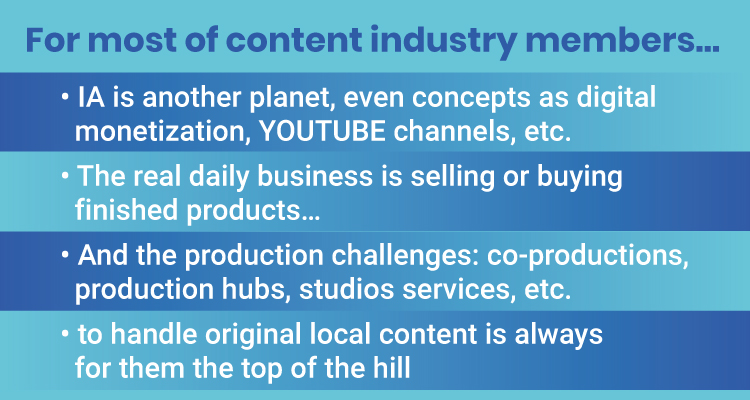
In this edition of Prensario, we’re diving deep into the subject of Artificial Intelligence, which is sparking a revolution akin to the rise of the internet and cloud computing two decades ago. Just as those innovations gave birth to the major SVOD platforms that transformed the industry, AI is set to change the game once again. What will AI bring? You’ll have to read the reports to find out… but when you talk to most people in the industry, AI still feels like an alien concept. Even things like digital monetization and YouTube channels are secondary concerns for many. The real focus, for most, remains on buying and selling finished content and tackling production challenges, whether through co-productions, production hubs, or studio services. Blockbuster original content is still the gold standard.
When you look at the cutting-edge side of the content business, you’ll see many players realizing that in today’s fragmented digital world, it might be smarter to engage with new digital advertising strategies rather than focus solely on high-end content production. Why? Because now that there are so many screens to choose from, big brands are turning to ad agencies to guide their investments based on very strict packages of targeted audiences. So, if you have a live streaming live show that’s guaranteed to appeal to a young audience, say ages 16-25, it may be more valuable to an ad agency than a bigger, more expensive production with a mixed audience. In today’s world, brands and audiences have more control than the content itself.
So, how should content professionals navigate this landscape? The best approach is to strike a balance between traditional and new business models. Keep doing what you know works —focus on the fundamentals— but also start exploring new opportunities. Gradually getting involved in digital innovations can help you stay ahead of the curve without abandoning your roots.
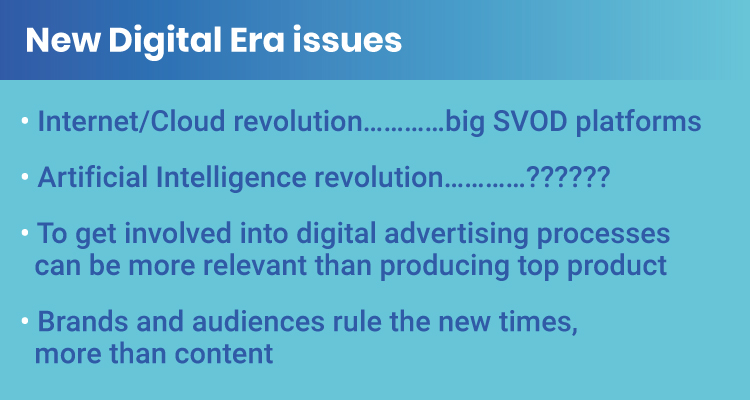
I’m currently organizing the FAST & AVOD Americas Summit for MIP Cancun next month, and there’s good news coming out of Latin America. Many mid-sized broadcasters are launching their own AVOD and FAST platforms. For example, Gabriela Rodriguez from Channel 11 in Honduras has spent the past few years developing digital tools to boost revenue, such as creating advertiser videos featuring the channel’s talent and producing podcasts tied to local events. The key takeaway? Having an open mindset is more important than the platform itself.
We’ve also gathered testimonials from buyers confirming this return to traditional programming. Claudia Ruehl from SevenOne in Germany said, «We’re looking for True Crime series with 10 to 20 episodes, episodic formats with a simple but strong plot, very much in the style of free TV.» Xavier Gandon from TF1 in France noted, «We need procedural dramas, and we’re seeing more of them than in recent years.» Peter Chalupa from Markíza Slovakia mentioned, «We’re looking for longer series than what streaming platforms offer, with many episodes or multiple seasons. We air shows daily on free or Pay TV, so shorter series wrap up too quickly.» Emma Ayech from UKTV added, «We’re after crime dramas, and we’re thrilled to see more of these types of projects coming out of the studios. The True Crime wave is definitely on top.»
In short, while the future of content is undeniably shaped by new technology, the return to traditional genres and business models shows that sometimes, the best way forward is to embrace the past while staying open to what’s coming next.
Nicolás Smirnoff

